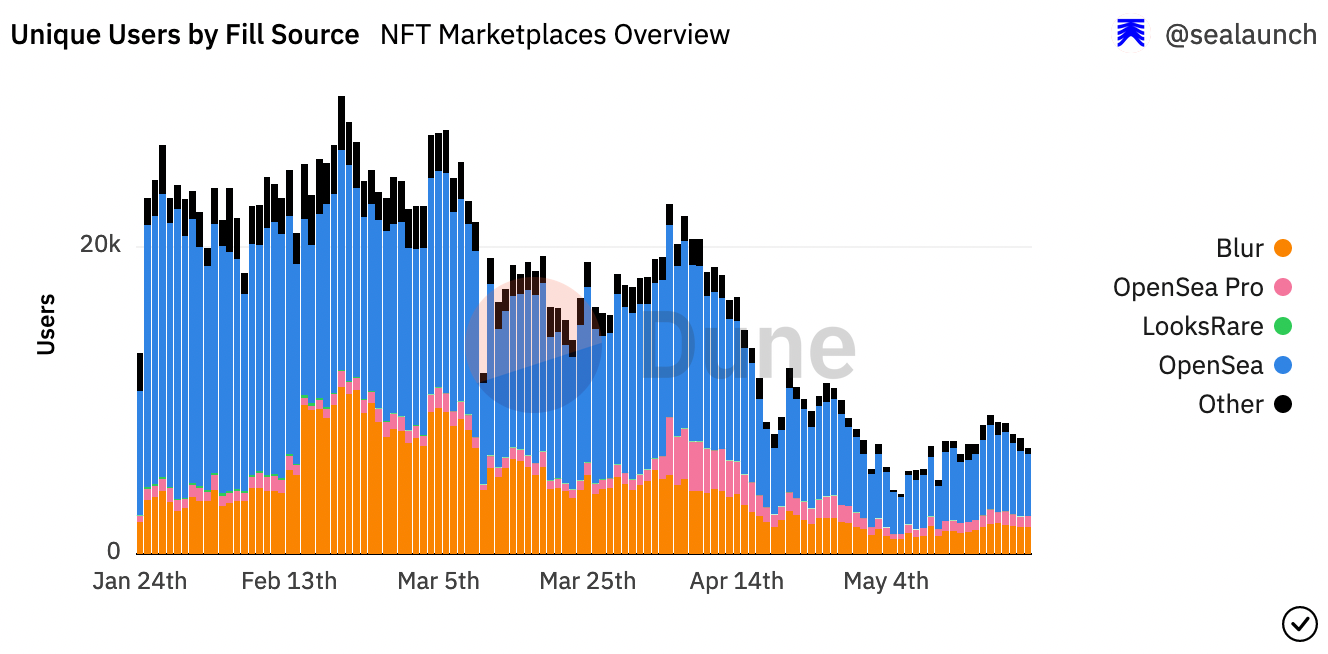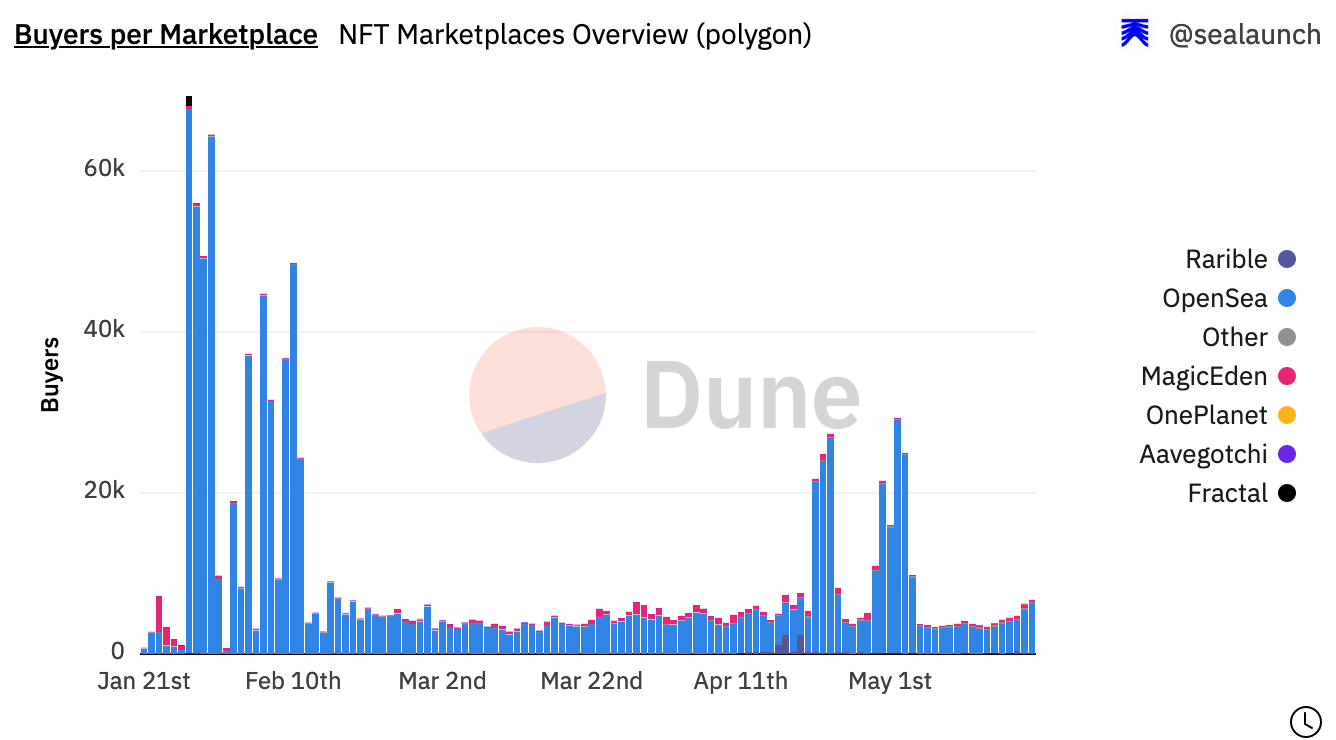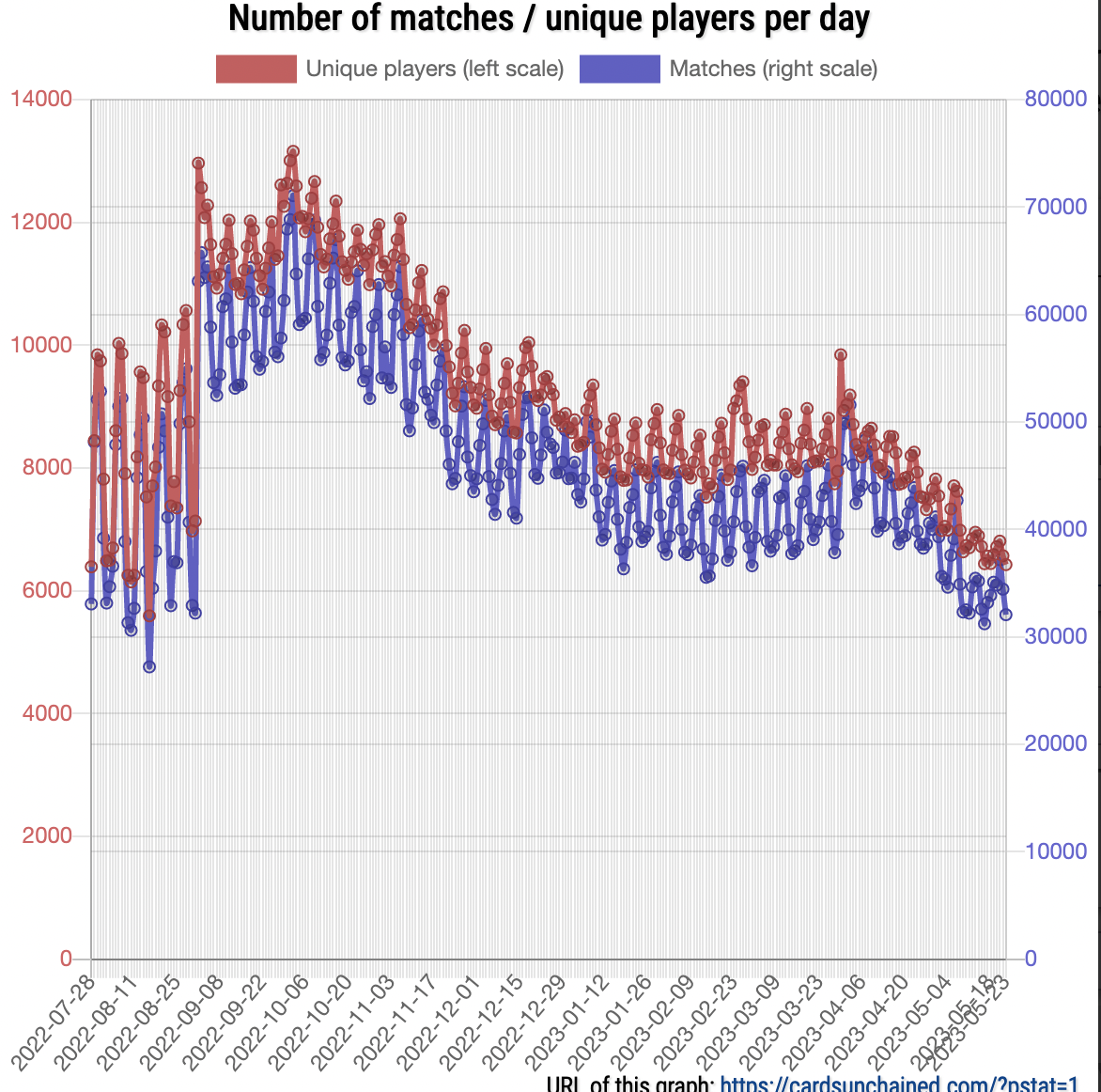If You Build It, Will They Come?
A longstanding adage in web3 gaming is that the games are bad, and this alone is holding web2 gamers back from joining us in the ownership economy. While this statement is, in the author’s humble opinion, absolutely true, the questions around how and when mass adoption of web3 gaming happens is not so simple.

A longstanding adage in web3 gaming is that the games are bad, and this alone holds web2 gamers back from joining the ownership economy. While this statement is, in the author’s humble opinion, true, questions abound re: "mass adoption". New teams are learning the lessons of the Axie era and betting the farm that if they deliver a high quality game rather than a DeFi ponzi covered in mobile gaming graphics circa 2014 that the gamers will come. On a long enough timeline many will receive the vindication their conviction deserves. But to channel The Smiths: How Soon is Now?
Let's start with some facts as it relates to game development and monetization. As most of y’all already know the overwhelming majority new projects and businesses fail. While this report is somewhat dated, only 25% of games made it to "full release" from “Early Access” in the Steam Store. We know that making games is hard, expensive, and time consuming. Generally it takes years of development before you have anything to show for it. Look no further than our own space. Highly anticipated titles like Parallel TCG and Illuvium have been at it for over two years now. Yet both released digital assets during this time despite not having a full "version 1". This isn’t a dig at these two projects at all (readers will know I am a massive Parallel stan). This is simply the reality of developing high quality games in a web3.
When it comes to financial success, the playbook for gaming is something I’ve covered in depth before. The goal of each monetization strategy is to maximize Average Revenue Per User (ARPU). If you look at trends in gaming industry wide, revenue is pretty much up and to the right. This shows that the market is growing very fast as gamers are more willing to spend money on digital assets. Looking at data from Statistica we can see that ARPU, while growing quickly, is still modest. In projections for 2023 North America comes in the highest at $381.50, followed by Europe at $151.00 and Asia at $143.30. Latin America trails very far behind these regions at a bit over $30.

Average Revenue Per User for Europe, Statista
It’s worth noting that this data is aggregated across all gamers. When the data is segmented we'd expect to see trends not visible in the proverbial “thirty thousand foot” view. The goal, however, is to look at the aggregate data since it's closer to what we’d expect to see from “mass adoption”. Initially, when the average web2 gamer does begin to convert, I’d expect their spending habits to remain steady even in an ownership economy. Overtime I can see spend increasing quickly as the endowment effect takes hold, impacting consumer behavior. In the short term I see little reason to expect a material divergence from the trend.

So what about the users that are already here in the decentralized internet? Well…they are sorta vanishing. Using data compiled by Sealaunch we can see that the number of unique buyers is down pretty bad over the past several months on both Ethereum (above) and Polygon (below). Polygon is of particular interest in the context of web3 gaming as two of the more hyped web3 games out there in Shrapnel and Wildcard have recently had big drops on Magic Eden on Polygon.

It is clear that the “average” gamer we expect to arrive is, generally, a low spender -- especially in the context of NFTs. As such, when a web3 game does achieve the escape velocity, pricing will still be a major hurdle. Even a mint like WildCards's Wild Pass, priced with accessibility in mind at around $50, is expensive in the context of the “average” gamer. While web3 gamers likely have a higher appetite for spending than the "average" gamer, this cohort was never very big to begin with and shrinks by the day. The casino will always be a feature not a bug of crypto. Bull or bear speculation drives so much of volume in this space. As such, the lack of speculative upside in the market currently creates a problem for web3 game studios. How can they manage to sell their community new products and assets while also keeping them happy and engaged?
This line leads us to some uncomfortable truths. Game developers must thread the needle here, building a game good enough to appeal to web2 gamers while not ignoring the crypto natives who make up their current customer base. In essence developers are creating two different products for two different types of users. Over committing to one side will have consequences as it relates to the other. Additionally, as more game projects enter the space, the competition for the attention of web3 gamers will only intensify. In fact this is something we are already witnessing. Look at Gods Unchained, a well known web3 game that is actually live. Gods Unchained only has a couple thousand daily active users on a downward trend line. This is of course well down from it's 12 month peak of over 13,000. While the market has played a part here, the explosion in the number of web3 games currently in play testing is also a powerful headwind when it comes to user retention.

Balancing the needs of the normie gamer and the needs of crypto native consumers is undoubtedly tricky. Getting it right is something that only a few will manage to achieve. It will likely take iteration as everyone in this space is collectively creating a new playbook as we go. I have no doubt that the many challenges and the negative sentiment towards NFTs in web3 gaming will fall away in time. Yet I am less confident that “in time” will prove to be soon™. To that end, studios may need to err towards keeping their existing customers engaged and happy (e.g. actual minters from primary sales) as a bird in the hand is worth two in the bush. After all, these are your most ardent fans! The ones who, yes, may have some financial motivations but who nevertheless are here at stage 0 to support, play test, and extend your runway. If you ignore them too much and hope that if you build it, “they” will come then you may not survive to see the day when that prophecy becomes reality.
Any views expressed in the below are the personal views of the author and should not form the basis for making investment decisions, nor be construed as a recommendation or advice to engage in investment transactions. As always, please do your own research. This is not financial advice. Every strategy is not for everyone. Each investor needs to understand what is right for them.
Meet BEW, a wine collecting web developer who moonlights as an amateur chef. BEW's passion for wine is evident in his vast collection of bottles from all over the world. He also has a great interest in web development and is known for his skills in multiple programming languages such as Python, JavaScript and HTML/CSS. He is able to combine his love for wine and web development by creating visually appealing and user-friendly websites for wineries and wine shops. He is also an amateur chef and loves experimenting in the kitchen and pairing wine with his dishes. In his free time, BEW enjoys 3D glasses and the immersive experience it gives him when watching movies and playing video games.